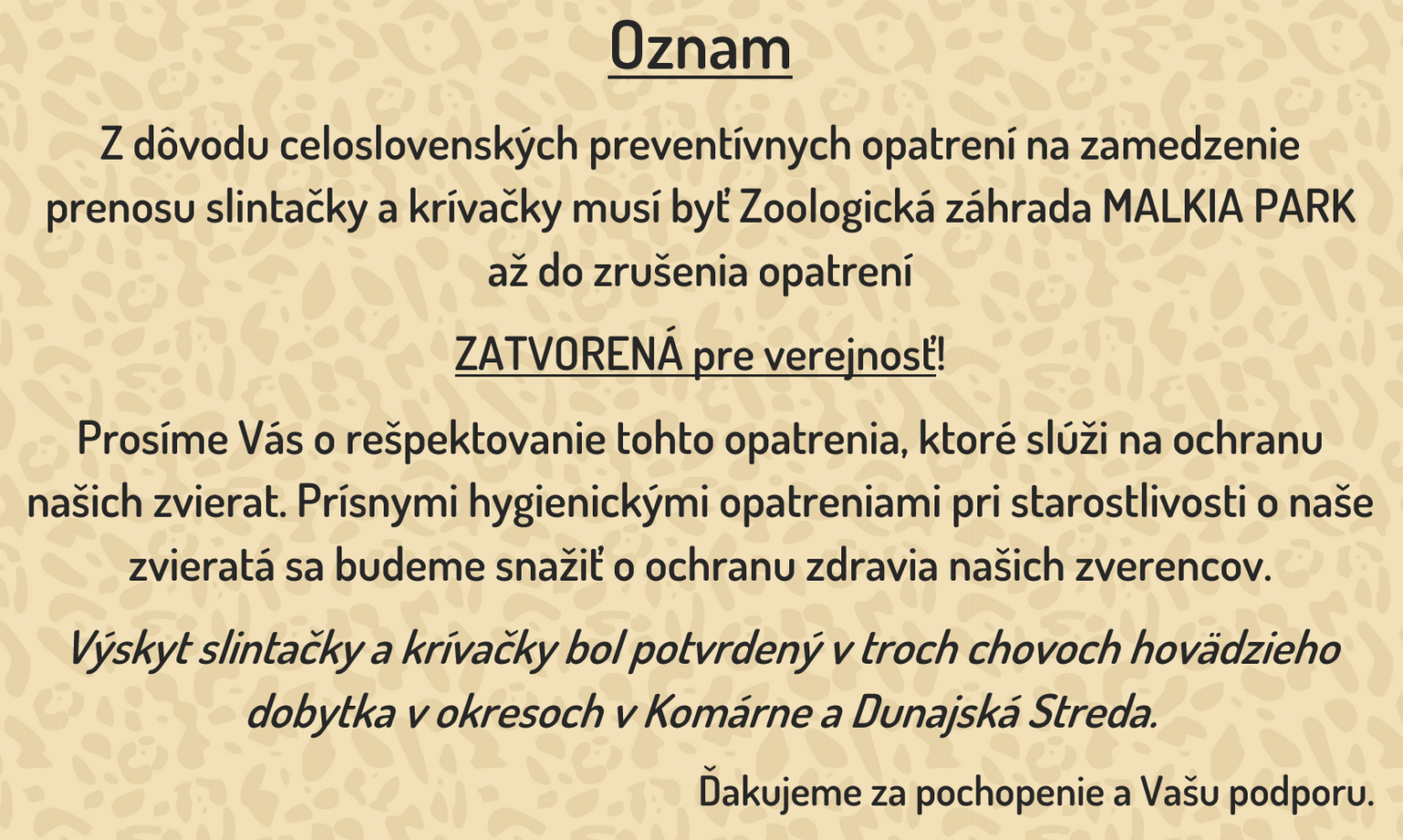The Canadian wolf is usually dark in color, most often black or brown, or black mixed with brown, gray or white. It is currently probably the largest wolf in North America. The Canadian wolf is more robust than the Eurasian wolf, it has a heavier body structure. Its head is larger, rounder, its snout is less sharp. The ears are shorter and the fur is bushier – it can have different colors – from all black to classic gray, which is light down the sides to pure white.
It has long and slender legs with round paws.
Wolves live socially in packs, where social behavior is developed and a strict hierarchy rules. Each individual knows his position in the pack and behaves accordingly. The alpha pair has young and leads the pack, eats first and the other individuals are subordinate to him.
During most of the year, it forms various large family societies, i.e. packs (they break up only during the rut), with a solid social organization and many communication signals. As a rule, the pack consists of the parent pair, their youngest offspring and the offspring from the previous year. In winter, even larger packs can be formed by joining related families.
It can walk up to 70 km per day in search of food. It moves with a step, sometimes a trot, and a gallop when chasing prey. The wolf always climbs with its hind paw exactly in the track of the front paw, so all the tracks are actually on the same line, while the dog’s tracks are along the imaginary line.
The territory of the wolf pack is 20 to 50 km2 in winter. In the summer, the territory is reduced to 5 to 10 km2.
The Canadian wolf feeds mainly on young bison and elk. When hunting, the pack cooperates well, it sets the herd in motion, and the individuals who wait in front of the herd try to separate the weaker individual they spot.
It is estimated that 50% of diseased elk in Yellowstone National Park are killed by wolves.
The Canadian wolf is more aggressive towards humans than the Eurasian wolf, but even so, it is a shy animal that tries to avoid people and human dwellings.





